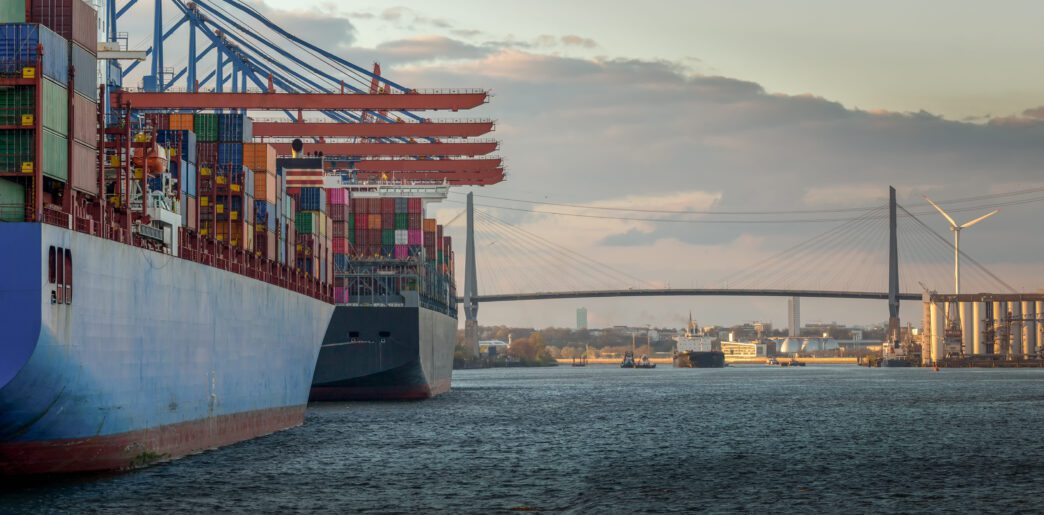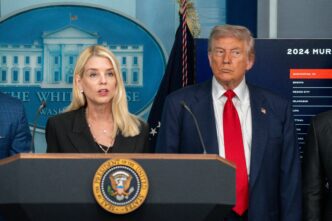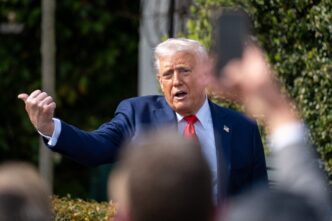Executive Summary
The Story So Far
Why This Matters
Who Thinks What?
President Donald Trump signed an executive order on Friday, November 14, 2025, to retroactively reduce tariffs on several agricultural imports, including beef, tomatoes, coffee, and bananas. The directive, which is backdated to Thursday, comes as American consumers express growing concerns over affordability and follows recent voter frustrations regarding the state of the economy.
Tariff Reductions and Economic Context
The executive order exempts the specified goods from “reciprocal” tariff rates, which previously ranged from 10% to 50%. While this action lowers the tariff burden, it does not eliminate tariffs entirely on these commodities.
For instance, tomatoes imported from Mexico, a significant supplier to the United States, will continue to face a 17% tariff. This rate was implemented in July after a nearly three-decade-old trade agreement expired, leading to immediate increases in tomato prices.
Many of the commodities now benefiting from reduced “reciprocal” tariffs have experienced substantial price increases since Trump took office. These increases have been partly attributed to previously imposed tariffs and a lack of sufficient domestic supply. Coffee from Brazil, the largest supplier to the U.S., had faced 50% tariffs since August, contributing to a nearly 20% year-over-year rise in consumer coffee prices by September, according to Consumer Price Index data.
Treasury Secretary Scott Bessent previewed the executive order earlier in the week, stating that the measures targeted goods “we don’t grow here in the United States,” specifically mentioning coffee and bananas. Although coffee is cultivated in some parts of the country, the vast majority of U.S. supply is imported.
Broader Trade Engagements
Earlier on Friday, the Trump administration and the Swiss government announced a new trade framework. This agreement aims to reduce tariffs on goods imported from Switzerland from 39% to 15%, addressing a rate that was among the highest applied to any country with which the U.S. trades.
These tariff adjustments by the Trump administration appear to be a direct response to economic pressures and public sentiment. The actions aim to address consumer affordability concerns regarding key imported goods and to recalibrate international trade relationships.








